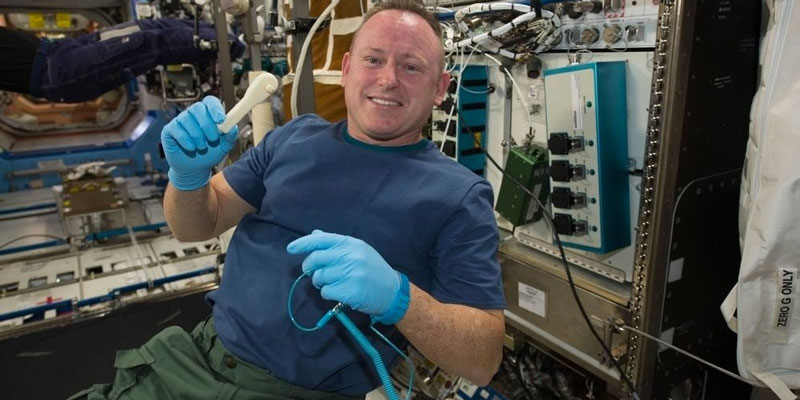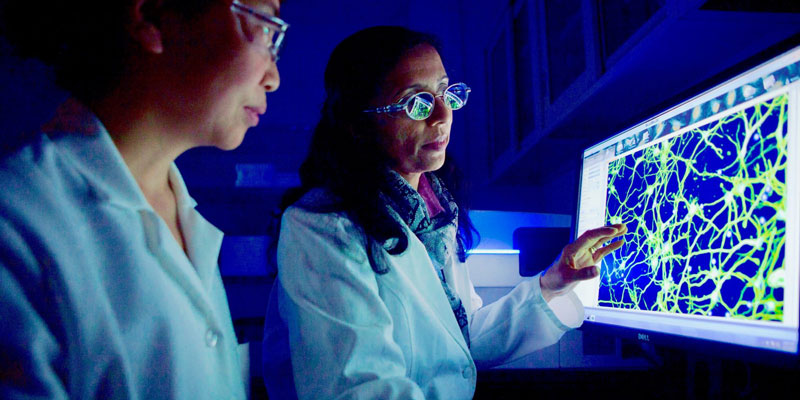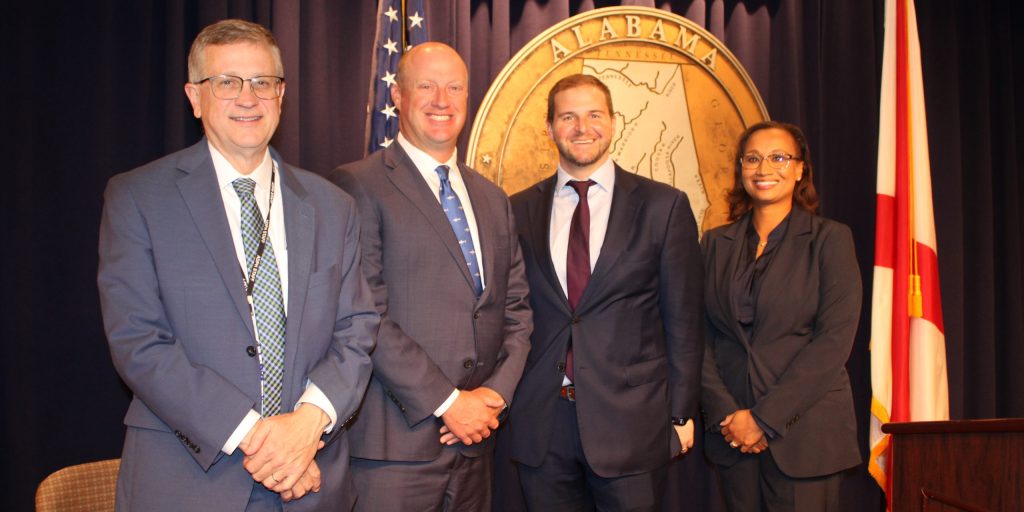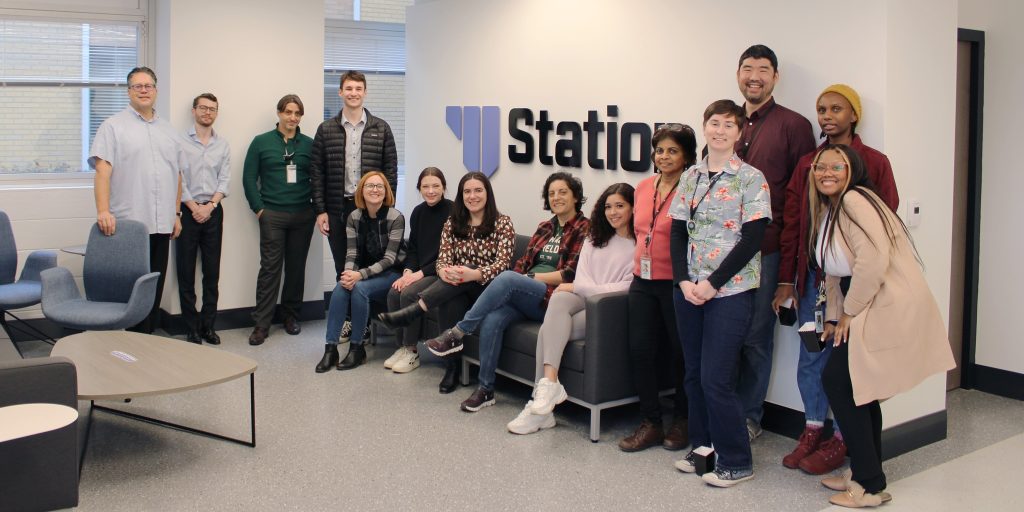Could 3-D printers transform the International Space Station into a manufacturing hub and one day function as the heart of an on-demand machine shop in space that enables NASA to mount crewed missions deep into the solar system?
Engineers at Southern Research are helping NASA’s Marshall Space Flight Center explore the capabilities of additive manufacturing technologies that have major logistics implications for the nation’s ambitious future space missions.
“When NASA sends a crew to Mars, there can’t be a resupply mission. There is just no way to send them replacement parts if equipment breaks or a part fails in deep space,” said Madison Parks, an advanced mechanical engineer in Southern Research’s Engineering division.
“On a mission to Mars, a 3-D printer will have to go with the crew. A part failing in orbit can be replaced after a resupply mission, but a resupply mission to a craft on the way to Mars would be too costly and may result in a loss of the mission. The crew will need to be entirely self-sufficient,” he said.
Parks is working with Marshall’s engineers to come up with an answer to a critical question facing NASA’s plans for space-borne three-dimensional printing: Are parts manufactured in zero gravity going to behave just like those produced on Earth-bound 3-D printers?
The ISS is already equipped with a 3-D printer. In 2014, California-based Made in Space sent a polymer printer to the space station, followed two years later by a more advanced device. It’s been used to print plastic tools used around the station, along with other non mission-critical items.
To help NASA understand the properties of materials printed in an in-space 3-D polymer printer, Parks and his team are testing specimens of materials printed in space and comparing them to similar specimens produced on Earth.
Along with tension and compression tests on these materials, Southern Research will be performing digital image correlation (DIC). DIC is a non-contact optical method that employs tracking and image registration techniques for accurate 3-D measurements of changes on the surface during a mechanical or thermal loading.
Measuring full-field displacements and strains during the mechanical tests will help engineers understand the material behavior and overall effect of print passes and how they relate to zero-gravity 3-D printing versus Earth 3-D printing.
“For safety reasons, NASA has to understand the materials before they use them,” Parks said. “You have to understand where and how these parts, which are manufactured in space, can be used. Doing otherwise could lead to parts and systems failing prematurely.”
Southern Research’s Engineering division, which specializes in analyzing how materials perform in extreme environments, has collaborated with NASA for decades.
Its engineers analyzed the thermal and mechanical properties of potential heat shield materials for the Apollo program and provided crucial support for the Space Shuttle, particularly in the “Return to Flight” missions after the Columbia accident.
Today, Southern Research is involved in the Space Launch System, the massive rocket NASA is developing for planned Mars missions.
For NASA, three-dimensional printing offers a fast and inexpensive way to manufacture parts on a spacecraft, exactly when they’re needed. That’s a huge benefit to long-term missions and has the potential to fundamentally change how NASA plans logistics operations for human spaceflight.
“Right now, there are thousands of parts for the International Space Station sitting in NASA storage, and most of them will never be used,” Parks said. “But they have to have all these parts on hand to launch to the ISS in case something breaks or fails.”
“What Southern Research and NASA are working together on is a foundational effort with the goal of the ISS crew being able to print the parts they need as they need them, which will help the astronauts accomplish their missions,” he said.
This story originally appeared on Southern Research’s website.
(Courtesy of Alabama NewsCenter)













